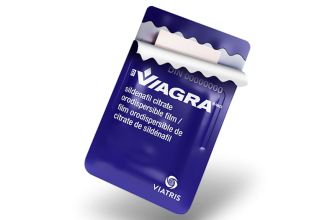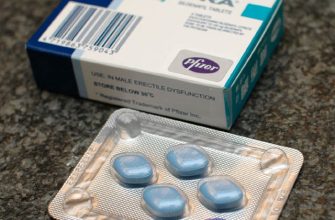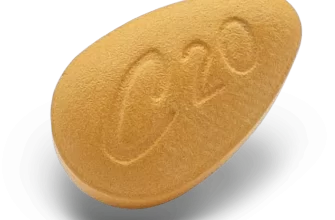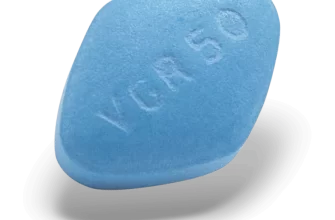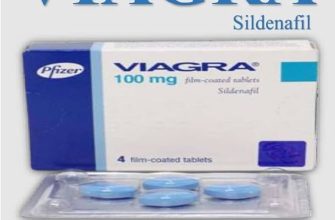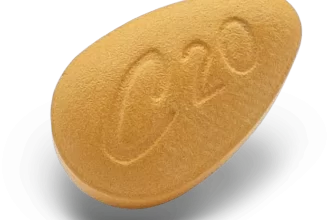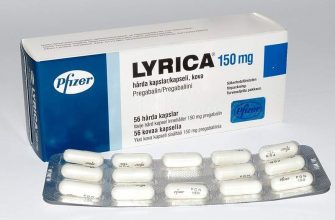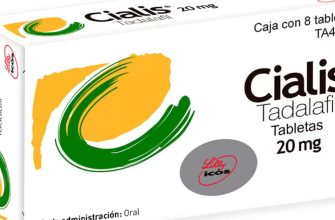Consult your healthcare provider to see if Norvasc 2.5 mg is suitable for your condition. This medication primarily treats high blood pressure and certain types of chest pain, providing relief and improving overall heart health.
Taking Norvasc as prescribed by your doctor is vital for achieving the desired outcomes. Make sure to follow dosing instructions closely and communicate any concerns regarding side effects. Common side effects include swelling, dizziness, and flushing; if these occur, inform your doctor promptly.
Regular monitoring of blood pressure is recommended while using Norvasc. Schedule follow-up appointments to assess your response to the treatment and adjust the dosage if necessary. Staying hydrated and maintaining a balanced diet can also enhance the medication’s effectiveness.
If you experience any severe side effects, such as an allergic reaction or chest pain worsening, seek immediate medical attention. Always keep an open line of communication with your healthcare team to ensure a safe and effective treatment plan.
- Norvasc 2.5 mg Prescription: A Comprehensive Guide
- Indications for Use
- Dosage and Administration
- Possible Side Effects
- Drug Interactions
- Consult Your Doctor
- Understanding Norvasc: Uses and Indications
- Dosage Instructions for Norvasc 2.5 mg
- Possible Side Effects and Precautions with Norvasc
- Less Common but Serious Reactions
- Precautions Before Use
- Drug Interactions to Consider When Taking Norvasc
- Antihypertensive Agents
- Other Considerations
- How to Effectively Manage Your Norvasc Prescription
Norvasc 2.5 mg Prescription: A Comprehensive Guide
Norvasc, containing the active ingredient amlodipine, is prescribed primarily for hypertension and angina. The 2.5 mg dosage provides an effective starting point for managing blood pressure and reducing chest pain symptoms.
Indications for Use
- High blood pressure (hypertension)
- Chest pain (angina) due to coronary artery disease
Dosage and Administration
The typical initial dosage for adults is 2.5 mg taken once daily. Depending on the patient’s response and blood pressure goals, the dosage may be adjusted, with a maximum recommended dose of 10 mg daily. Always take Norvasc at the same time each day to maintain a consistent level in your bloodstream.
If you miss a dose, take it as soon as you remember. Do not double the dose if it’s almost time for your next scheduled dose.
Possible Side Effects
- Dizziness or light-headedness
- Swelling in the extremities (edema)
- Fatigue
If you experience severe side effects, such as chest pain, rapid heartbeat, or allergic reactions, contact your healthcare provider immediately.
Drug Interactions
Inform your doctor of all medications you are currently taking. Norvasc may interact with:
- Certain antifungals (like ketoconazole)
- HIV medications
- Other blood pressure drugs
Consult Your Doctor
Before starting Norvasc, discuss your medical history, especially any liver or kidney conditions. Regular check-ups will help monitor your blood pressure and overall health during treatment.
Understanding Norvasc: Uses and Indications
Norvasc, containing amlodipine besylate, primarily treats high blood pressure (hypertension) and angina (chest pain). Doctors prescribe it to help relax blood vessels, making it easier for the heart to pump blood. This action aids in reducing overall blood pressure, minimizing the risk of heart-related complications.
The medication is appropriate for both adults and children aged over six years, addressing hypertension effectively. In patients with coronary artery disease, Norvasc provides relief from angina episodes, enhancing exercise tolerance and quality of life.
Consider discussing Norvasc with your healthcare provider if you have a history of heart disease, heart failure, or fluid retention, as these conditions may influence your treatment plan. Regular monitoring of blood pressure is advisable to gauge the medication’s effectiveness and make necessary adjustments.
Some common side effects include swelling in the extremities, dizziness, and fatigue. If any severe reactions occur, such as rapid heartbeat or shortness of breath, seek medical attention immediately.
Norvasc demonstrates versatility by fitting into various therapeutic regimens, especially when combined with other antihypertensives, to achieve optimal blood pressure control.
Consult your healthcare professional to determine the most suitable dosage for your health needs and to discuss how Norvasc can integrate into your treatment strategy.
Dosage Instructions for Norvasc 2.5 mg
Take Norvasc 2.5 mg once daily, ideally at the same time each day to maintain consistent levels in your system. Swallow the tablet whole with a glass of water. You can take it with or without food, based on your preference.
For optimal results, do not adjust your dosage without consulting your healthcare provider. Your doctor may start you at this dosage and adjust it based on your response to the medication and your specific health needs.
It is important not to exceed the prescribed dosage. High doses may lead to unwanted side effects. If you miss a dose, take it as soon as you remember. If it’s almost time for your next dose, skip the missed dose and continue with your regular schedule. Do not take two doses at the same time.
Regularly monitor your blood pressure as advised by your doctor. This will help ensure the medication is working effectively. Reach out to your healthcare provider if you experience any unusual symptoms or side effects, such as swelling, dizziness, or rapid heartbeat.
Keep Norvasc out of reach of children and store it at room temperature, away from light and moisture. Discard any unused medication after the expiration date.
Possible Side Effects and Precautions with Norvasc
Monitor for common side effects after starting Norvasc. These may include swelling in the ankles or feet, flushing, dizziness, or heart palpitations. If you experience severe side effects like chest pain, rapid heartbeat, or fainting, seek medical attention immediately.
Less Common but Serious Reactions
Rarely, Norvasc can cause serious allergic reactions, leading to symptoms such as rash, itching, or difficulty breathing. If any of these occur, discontinue use and consult a healthcare provider.
Precautions Before Use
Discuss your medical history with your healthcare provider, especially if you have kidney or liver issues, heart disease, or low blood pressure. Inform them about any other medications you are taking, including over-the-counter drugs and supplements, to avoid interactions.
| Common Side Effects | Serious Side Effects | Precautions |
|---|---|---|
| Ankle or foot swelling | Allergic reactions | Kidney/liver disease |
| Dizziness | Chest pain | Heart disease |
| Flushing | Rapid heartbeat | Low blood pressure |
| Palpitations | Fainting | Medication interactions |
Regular check-ups can help ensure the medication works effectively without causing harm. Discuss any concerns or unusual symptoms with your healthcare provider promptly.
Drug Interactions to Consider When Taking Norvasc
Monitor interactions between Norvasc (amlodipine) and medications affecting the cytochrome P450 enzyme system. Common interactions include strong CYP3A4 inhibitors like ketoconazole, itraconazole, and clarithromycin. These can increase amlodipine levels, leading to enhanced side effects. Adjusting the dose or considering an alternative treatment may be necessary.
Antihypertensive Agents
Combining Norvasc with other antihypertensives may cause additive blood pressure lowering effects. Caution is advised when mixing with diuretics, beta-blockers, or ACE inhibitors. Regular monitoring of blood pressure can help manage potential hypotensive events.
Other Considerations
Patients on statins, such as atorvastatin, should monitor for increased risk of side effects. While the interaction is generally minor, liver function tests can assist in ensuring safety. Always inform your healthcare provider of all medications and supplements you use to identify possible interactions early.
How to Effectively Manage Your Norvasc Prescription
Track your doses by setting a daily reminder on your phone. Consistency helps you remember to take Norvasc 2.5 mg at the same time each day. This habit can enhance your treatment outcomes.
Keep a medication log. Record the days you take Norvasc and note any side effects or concerns. This information will be valuable during your next doctor’s visit and can provide insights into how well the medication is working for you.
Communicate openly with your healthcare provider. Discuss any questions or issues regarding your dosage or side effects. They can adjust your treatment plan as needed, ensuring it aligns with your health goals.
Avoid abrupt changes. If you miss a dose, take it as soon as you remember, unless it’s close to the time for your next dose. Never double up, as this could lead to unwanted effects.
Store Norvasc in a cool, dry place away from direct sunlight. This maintenance ensures the medication retains its potency. Check expiration dates regularly and dispose of any expired medications safely.
Be mindful of interactions with other medications. Share a complete list of your current prescriptions and over-the-counter drugs with your doctor to prevent complications.
Stay informed about your condition. Knowledge about hypertension and its management can empower you to make better lifestyle choices, like diet and exercise, which complement your medication.
Consider joining a support group or forum for individuals taking similar medications. Sharing experiences can provide reassurance and additional tips for managing your health.


